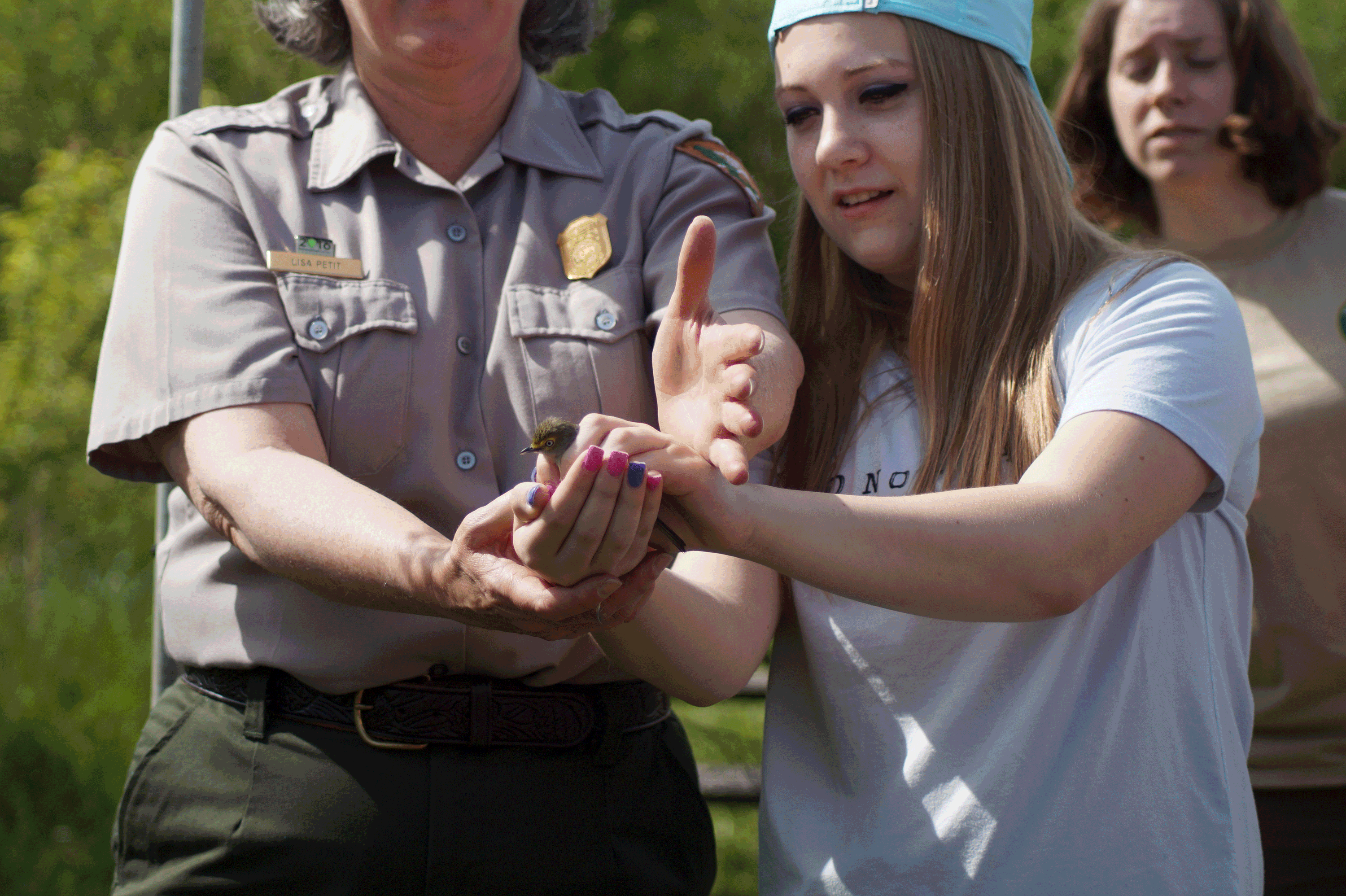
NPS / Sue Simenc Citizen scientists are people just like you who voluntarily collect data to answer real-world questions. In national parks, they contribute information that helps the National Park Service make decisions. Sometimes citizen scientists work side-by-side with professional scientists. Others might work independently for years, or contribute to a project at a single drop-in event. There is a debate over whether community science is a better term (since you don't need to be a citizen to participate), or if that means something a bit different. Regardless, all are welcome. |
Last updated: March 25, 2025
